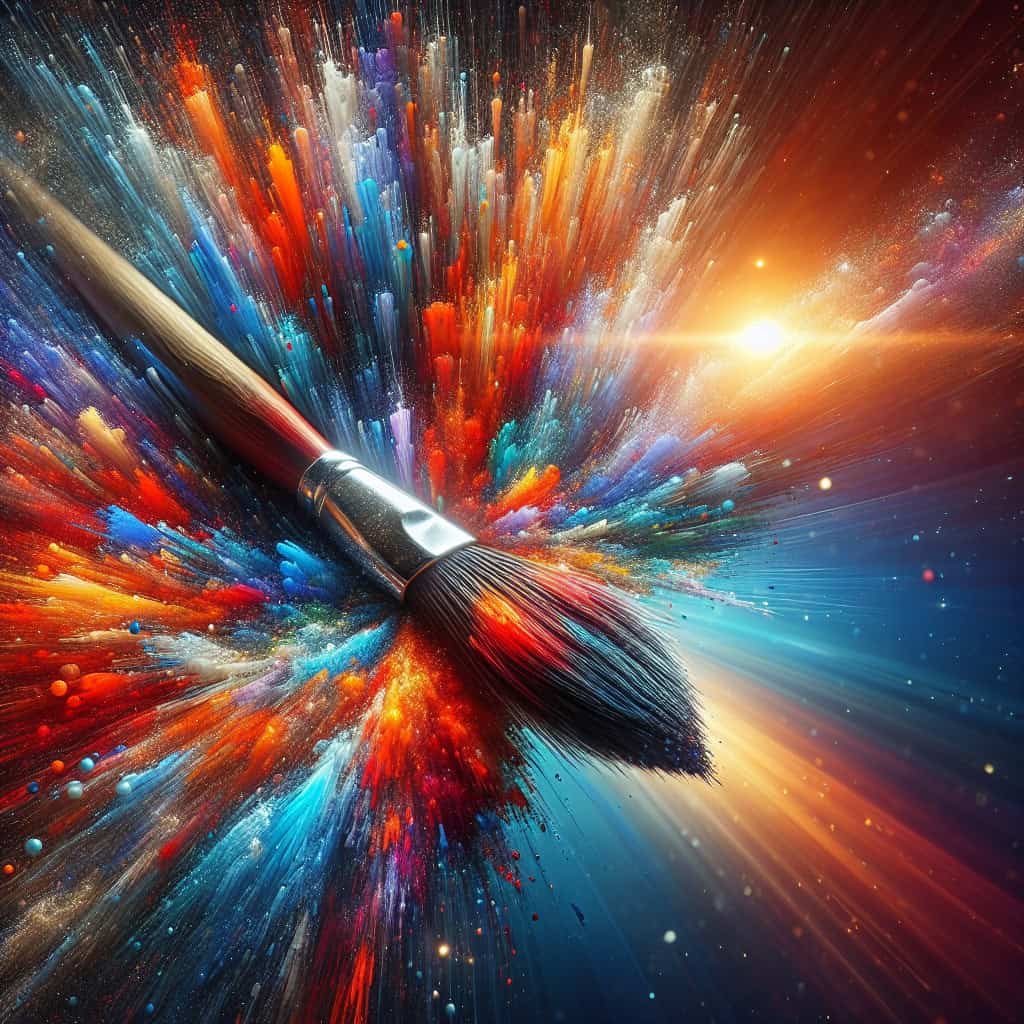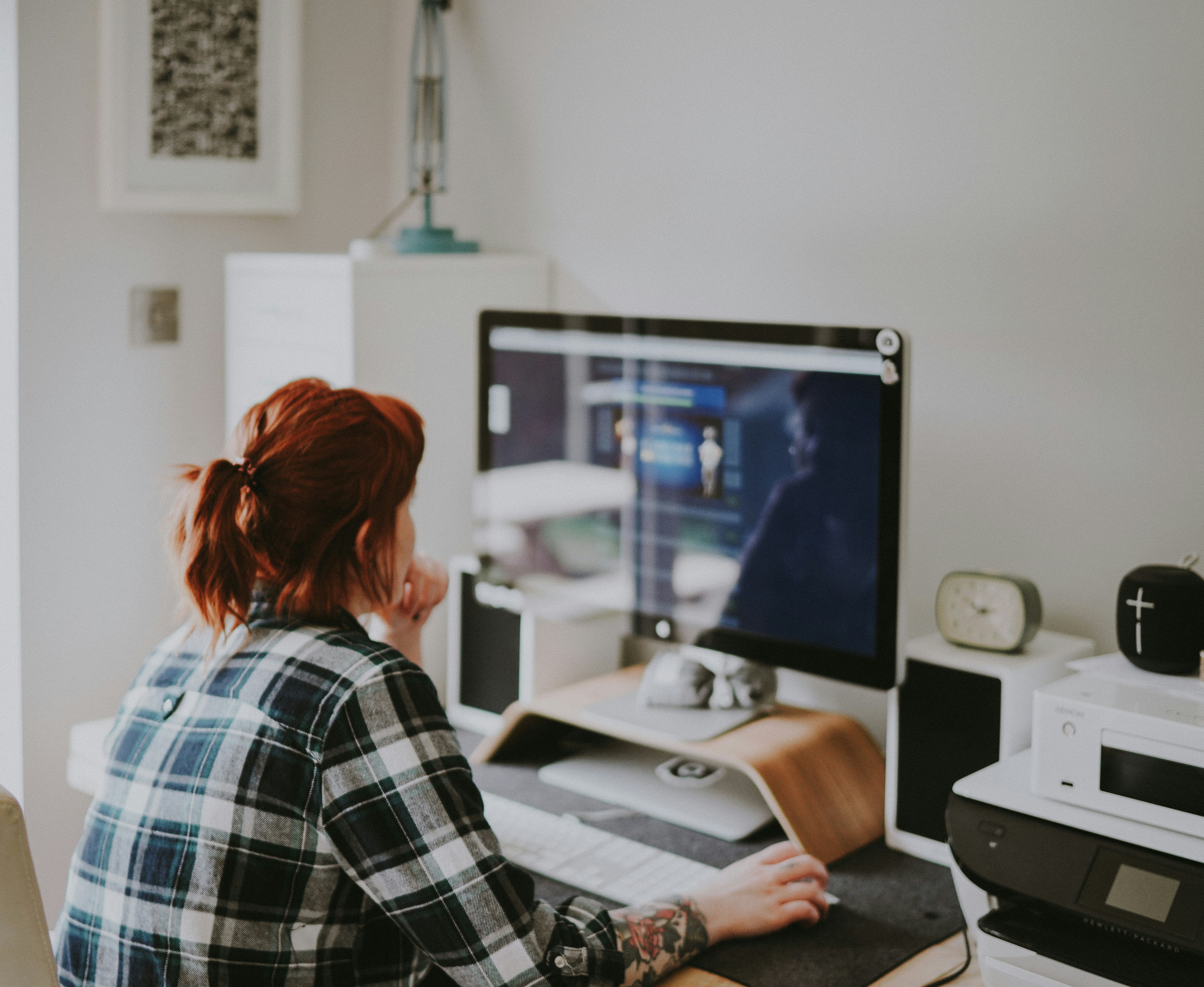Are you searching for talented artists to bring your creative projects to life? Look no further! “Freelance Artists For Hire” is your one-stop destination for connecting with skilled freelance artists who are ready to lend their expertise to your vision. Whether you need a stunning illustration for your book cover, a captivating design for your website, or a mesmerizing piece of art for your home, our platform offers a diverse range of talented artists just waiting to turn your ideas into reality. With “Freelance Artists For Hire,” the possibilities are endless, and the perfect artist for your project is just a click away!
Finding Freelance Artists
As the demand for creative and unique artwork continues to grow, finding the right freelance artist can be a daunting task. However, with the advent of online platforms, asking for referrals, and attending art exhibitions, you can easily connect with talented artists who are ready to bring your vision to life.
Searching Online Platforms
The internet has opened up a world of possibilities when it comes to finding freelance artists. There are numerous online platforms specifically designed to connect clients with artists. Websites such as Behance, Dribbble, and Etsy showcase the portfolios of talented artists from around the globe. These platforms allow you to browse through various styles and mediums, making it easier to find an artist whose work aligns with your vision.
Asking for Referrals
Word of mouth is often one of the most reliable ways to find a freelance artist. Reach out to friends, colleagues, and fellow creatives to see if they have any recommendations. They may have worked with an exceptional artist in the past or know someone who does. Referrals not only provide peace of mind but also give you the opportunity to directly connect with an artist who comes highly recommended.
Attending Art Exhibitions
Art exhibitions are a treasure trove for discovering talented freelance artists. Whether it’s a local gallery opening or a major art fair, attending these events allows you to witness a wide range of artistic styles and techniques firsthand. You can engage with the artists, discuss their work, and potentially forge meaningful connections. Keep an eye out for exhibitions that focus on the specific type of art you’re interested in, be it photography, painting, or illustration.
Evaluating Freelance Artists
Once you’ve found a pool of potential freelance artists, it’s crucial to evaluate their portfolios, assess their skills and expertise, and check client testimonials to ensure they meet your requirements.
Reviewing Portfolios and Past Work
The first step in evaluating a freelance artist is to thoroughly review their portfolio and examine their past work. Look for consistency in style, quality, and creativity. Pay attention to the diversity of their projects and assess whether their aesthetic aligns with your project’s needs. A strong portfolio is a testament to an artist’s talent and experience, providing valuable insights into what they can bring to your project.
Assessing Skills and Expertise
While reviewing an artist’s portfolio can give you an idea of their skills, it’s important to delve deeper and assess their expertise. Consider the mediums they specialize in, such as digital art, traditional painting, or photography. Look for technical proficiency, attention to detail, and an understanding of composition and color theory. Evaluating their skills will ensure that the artist is qualified to tackle your specific project.
Checking Client Testimonials
Client testimonials offer valuable insights into an artist’s professionalism, reliability, and ability to meet deadlines. Reach out to previous clients if possible and inquire about their experience working with the artist. Did they meet expectations? Were they open to feedback? Did they communicate effectively throughout the project? Client testimonials can provide a well-rounded view of an artist’s work ethic and client satisfaction.
Types of Freelance Artists
Freelance artists come in various specialties, each bringing a unique set of skills and expertise to the table. Understanding the different types of freelance artists can help you narrow down your search and find the perfect match for your project.
Graphic Designers
Graphic designers are skilled in creating visual elements for branding, marketing materials, and digital platforms. They excel in combining typography, imagery, and color to convey a specific message or evoke a desired emotion. Whether you need a logo, website design, or promotional materials, a graphic designer can bring your vision to life.
Illustrators
Illustrators are experts in creating hand-drawn or digital illustrations for a wide range of applications. They bring stories and ideas to life through captivating characters, vibrant colors, and intricate details. Illustrators are often sought after for book covers, editorial illustrations, and children’s book illustrations.
Photographers
Photographers have a keen eye for capturing the world through their lens. They specialize in various genres such as portrait photography, fashion photography, landscape photography, and product photography. Whether you need stunning visuals for your website or high-quality images for your marketing materials, a freelance photographer can provide the perfect shots.
Videographers
Videographers are skilled in capturing and editing videos. They excel in storytelling through visuals, sound, and motion. From event coverage to promotional videos, videographers bring projects to life by creating engaging and immersive visual experiences.
Painters
Painters are masters of traditional art mediums, such as acrylics, oils, and watercolors. They use brushes and palettes to create stunning visual representations of their imagination. Whether you’re looking for a portrait, landscape, or abstract painting, a freelance painter can add a touch of artistic elegance to any project.
Specializations in Freelance Art
Within the realm of freelance art, there are several specialized areas that artists can focus on. These specializations allow artists to hone their skills in specific genres or industries, providing clients with tailor-made artwork.
Logo Design
Logo design is a specialized field within graphic design that focuses on creating unique and impactful visual identities for brands. Logo designers excel in creating simple yet memorable designs that effectively communicate a brand’s essence and values.
Character Illustration
Character illustration focuses on bringing fictional or real-life characters to life through visual storytelling. Character illustrators excel in creating relatable and engaging characters that captivate audiences and evoke emotions.
Fashion Photography
Fashion photography revolves around capturing garments, accessories, and models in a visually appealing and captivating way. Fashion photographers excel in creating stunning images that showcase the beauty and uniqueness of fashion designs.
Event Videography
Event videography specializes in capturing live events, such as weddings, conferences, and concerts. Event videographers excel in documenting the atmosphere, emotions, and highlights of an event, allowing individuals and businesses to relive those special moments.
Abstract Painting
Abstract painting is a form of visual art that emphasizes elements of form, color, line, and texture rather than depicting recognizable objects. Abstract painters excel in creating thought-provoking and visually stimulating artwork that challenges traditional representations of reality.
Artistic Styles and Techniques
Artistic styles and techniques play a significant role in shaping the visual language of an artwork. Understanding different styles and techniques can help you find an artist whose aesthetic aligns with your vision.
Realism
Realism focuses on accurate and detailed representation of objects, emphasizing precision and attention to minute details. Realistic artists excel in creating artwork that looks true to life, often showcasing skills in techniques such as shading, perspective, and texture.
Impressionism
Impressionism prioritizes capturing the fleeting impressions of light, color, and atmosphere rather than precise details. Impressionist artists excel in using loose brushstrokes and vibrant colors to evoke a sense of movement and capture the essence of a scene.
Abstract
Abstract art relies on visual elements of color, line, form, and texture to create artwork that does not represent recognizable objects. Abstract artists excel in conveying emotions, ideas, and concepts through non-representational and non-objective forms.
Minimalism
Minimalism simplifies visual elements to their essentials, often focusing on clean lines, geometric shapes, and limited color palettes. Minimalist artists excel in creating artwork that emphasizes simplicity and reduces forms to their most basic elements.
Surrealism
Surrealism explores the realm of dreams, the subconscious, and the irrational. Surrealist artists excel in creating artwork that juxtaposes unrelated or illogical elements, often blurring the line between reality and fantasy.
Setting Budget and Negotiating Rates
Determining a budget and negotiating rates with a freelance artist is a crucial step in ensuring a smooth collaboration. Several factors should be taken into consideration when setting a budget and discussing rates.
Determining Project Scope and Complexity
The scope and complexity of your project play a significant role in determining the appropriate budget. A simple logo design may have a lower budget compared to a large-scale mural project. Consider the level of detail, time commitment, and resources required for the project when setting a budget.
Considering Experience and Expertise
An artist’s experience and expertise directly influence their rates. Experienced artists who have a proven track record of delivering high-quality work may command higher rates compared to emerging artists. Consider the artist’s portfolio, past projects, and client testimonials when evaluating their experience and expertise.
Requesting Quotes from Multiple Artists
To ensure fairness and transparency, it’s recommended to request quotes from multiple artists before finalizing the budget. This allows you to compare different rates, portfolios, and approaches. Keep in mind that the lowest rate may not always guarantee the best quality, so consider all factors before making a decision.

Communication and Collaboration
Effective communication and collaboration are crucial for a successful partnership with a freelance artist. Clearly detailing project requirements, setting deadlines and milestones, and maintaining regular communication are essential for a smooth workflow.
Detailing Project Requirements
Providing clear and concise project requirements from the outset sets the foundation for a successful collaboration. Clearly communicate your objectives, target audience, preferred style, and any specific technical requirements. The more detailed and comprehensive the project brief, the better the artist can understand and meet your expectations.
Setting Deadlines and Milestones
Establishing realistic and achievable deadlines is essential for both parties involved. Discuss the project timeline and agree upon milestones and deliverables to ensure progress is on track. Regularly review these milestones to ensure that the project stays within the agreed timeframe.
Maintaining Regular Communication
Maintaining open lines of communication throughout the project is vital for a smooth collaboration. Regularly touch base with the artist, providing feedback, and addressing any concerns in a timely manner. Encourage the artist to ask questions and seek clarification if needed to ensure everyone is on the same page.
Legal Considerations for Freelance Artwork
When working with freelance artists, it’s important to address legal considerations to protect both parties involved. Creating contracts and agreements, understanding intellectual property rights, and navigating copyrights and royalties are essential aspects to consider.
Creating Contracts and Agreements
Creating a clear and comprehensive contract is crucial for outlining the rights and responsibilities of both the client and the freelance artist. The contract should cover project details, payment terms, project timeline, and ownership of the artwork. This legally binding agreement protects both parties and ensures that everyone is aware of their obligations.
Intellectual Property Rights
Intellectual property rights determine the ownership and usage rights of the artwork created by the freelance artist. Clearly define in the contract who retains the intellectual property rights, whether that be the artist, the client, or a shared agreement. This prevents any potential disputes or misuse of the artwork in the future.
Copyrights and Royalties
Copyright laws protect original works of art, including paintings, photographs, and illustrations. Ensure that both parties understand the copyright implications of the project and agree upon the usage and distribution rights. If applicable, discuss royalties or licensing agreements for the artwork to avoid any copyright infringement issues.
Handling Payment and Invoicing
Establishing clear payment terms and utilizing secure payment platforms is essential for a smooth financial transaction when working with freelance artists. Tracking expenses and invoices ensures transparency and helps maintain organized financial records.
Establishing Payment Terms
Clearly establish payment terms in the contract, including the total payment amount, payment schedule, and any additional fees or expenses. Discuss the preferred payment method, whether it be a direct bank transfer, PayPal, or another secure payment platform.
Utilizing Payment Platforms
Utilizing reputable payment platforms adds an extra layer of security for both the client and the artist. Platforms such as PayPal, Stripe, or TransferWise offer secure payment processing and protection against fraud or disputes. Choose a payment platform that is convenient for both parties and provides a smooth transaction experience.
Tracking Expenses and Invoices
Maintaining accurate financial records is essential for budgeting and tax purposes. Keep track of all expenses related to the project, including materials, travel costs, and any additional fees. Issue detailed invoices to the client, including all agreed-upon fees and expenses, to ensure transparency and facilitate smooth payment transactions.
Tips for a Successful Collaboration
To ensure a fruitful collaboration with a freelance artist, there are several tips to keep in mind throughout the process. Establishing clear expectations, providing constructive feedback, and maintaining professionalism are key factors for a successful partnership.
Establishing Clear Expectations
Clear communication and clearly defined expectations are vital for a successful collaboration. Clearly communicate your vision, project requirements, and desired outcomes from the start. Discuss any specific guidelines, tone of the artwork, and preferences to avoid any misunderstandings or misinterpretations.
Providing Constructive Feedback
Providing feedback is an essential part of the creative process. When giving feedback to the artist, be specific, constructive, and respectful. Focus on what is working well and areas that can be improved. Encourage open communication and be receptive to the artist’s ideas and suggestions.
Maintaining Professionalism
Maintaining professionalism throughout the collaboration is crucial for a positive working relationship. Treat the artist with respect and be prompt with communication and payments. Set realistic expectations and be understanding of any challenges or hurdles that may arise during the project. Professionalism ensures a harmonious and productive partnership.
In conclusion, finding and evaluating freelance artists requires careful research, consideration of their portfolios, skills, and expertise, and a thorough review of client testimonials. Understanding the different types of freelance artists, their specializations, artistic styles, and techniques can help you find the perfect match for your project. Setting a budget, negotiating rates, and addressing legal considerations ensure a smooth financial transaction. Effective communication, clear project requirements, and regular feedback are crucial for a successful collaboration. Finally, maintaining professionalism throughout the entire process guarantees a positive working relationship and successful outcomes. With these tips, you’re well-equipped to embark on your journey of finding the perfect freelance artist for your artistic project.



